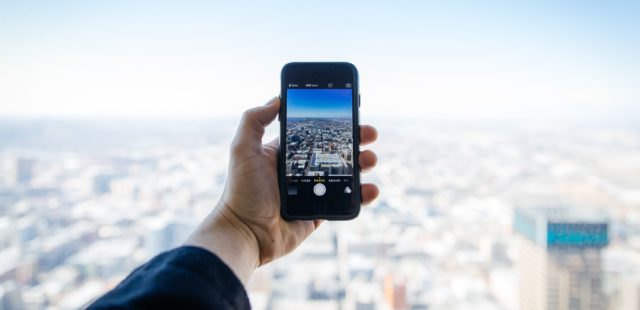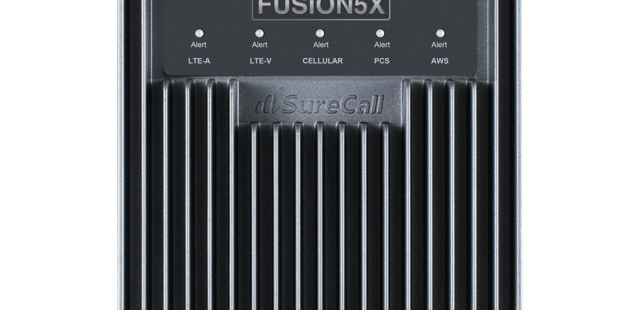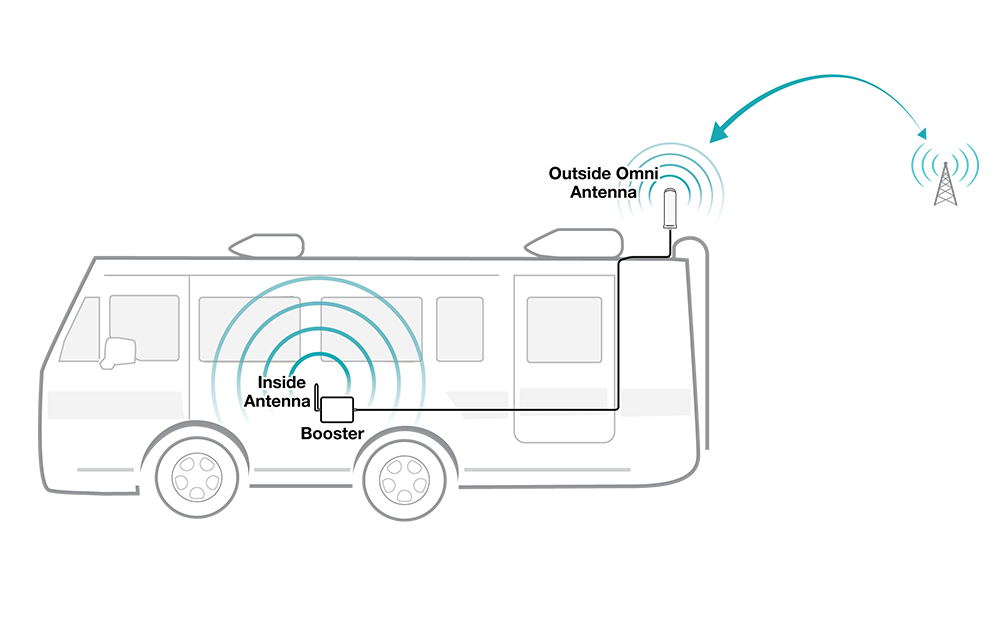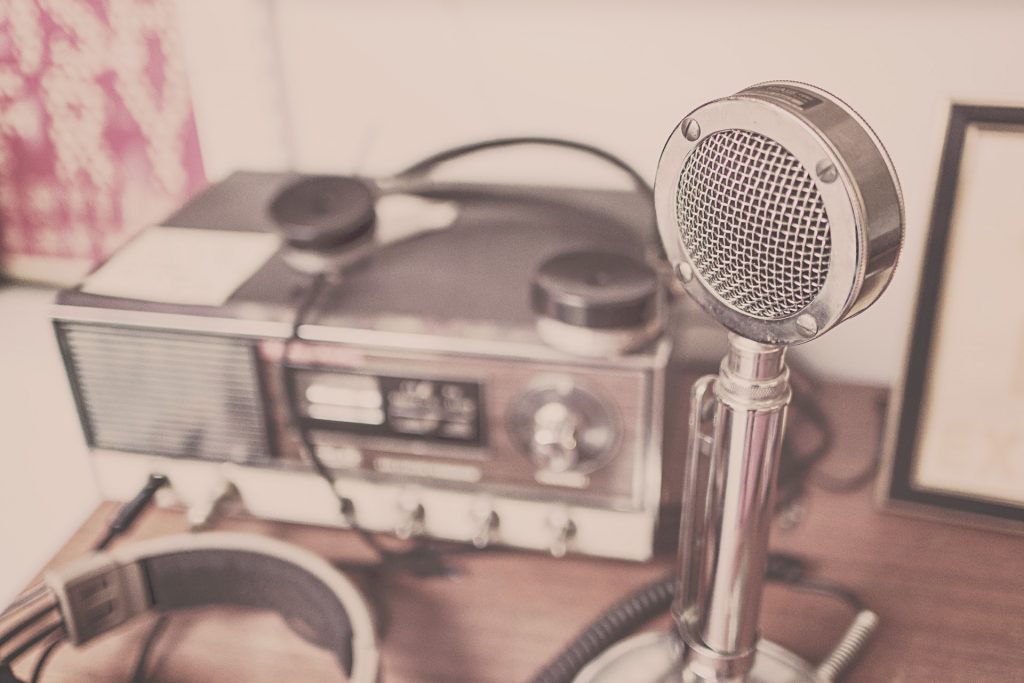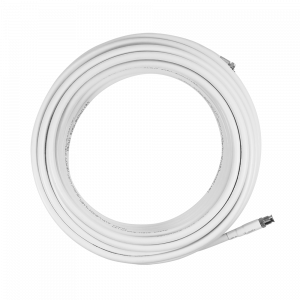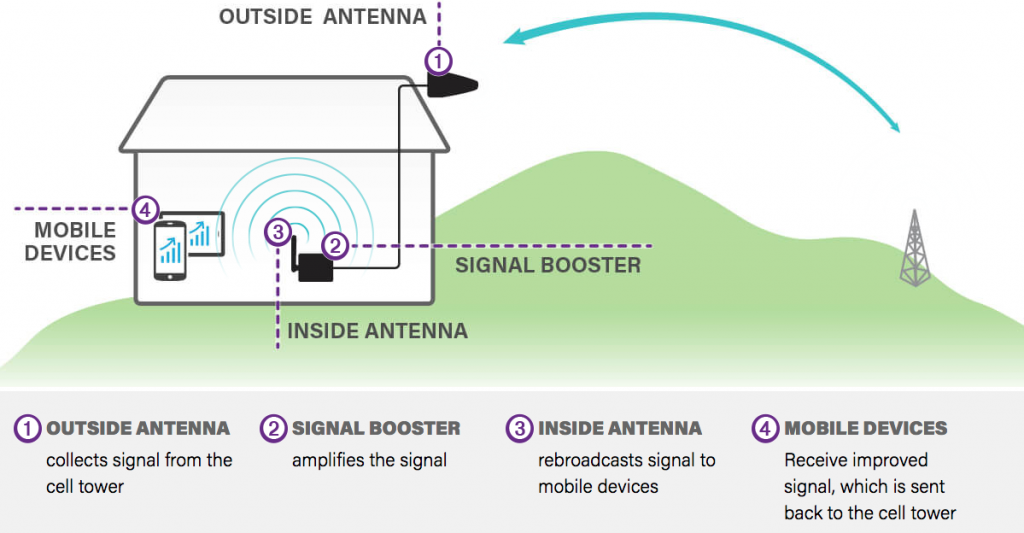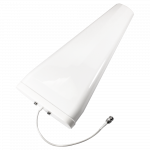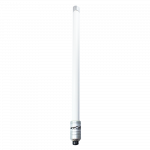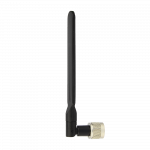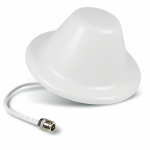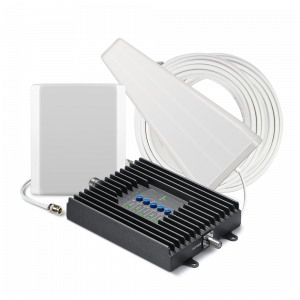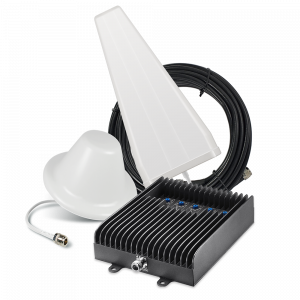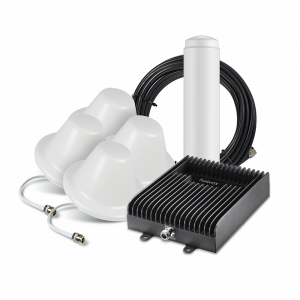Measuring Cell Phone Signal Strength
What does signal strength have to do with anything? The thing to remember about cell phone signal boosters is that they only work if there is a cell phone signal to boost. Boosters need something to boost. So how much signal is enough signal to boost? How do you measure the cell phone signal strength? In order to determine if a signal can be boosted, we first need to understand how cell phone signal strength is measured. Let’s go over a few things and see if we can figure it out.

How You Measure Cell Phone Signal?
Cell phone signals are measured in units called Decibels (dB). If you have been racking your brain trying to figure out an activity only slightly more interesting than watching paint dry, you could hop over to this Wikipedia page about the Decibel. Decibels are basically a really neat way to make really, really big numbers and really, really small numbers more manageable.
Let’s pretend that you have a cellphone tower outputting a signal at a frequency of 850 MHz. Imagine that that signal was 1 Watt at output. According to the Free Space Path Loss formula, at a distance of 1 Kilometer from the tower a receiver would pick up that signal at 0.0000354 Watts.

If that distance was 2 kilometers (double), the signal would be picked up at 0.0000176 Watts. It doesn’t take a genius to recognize that 0.0000354 and 0.0000176 are very unreasonable numbers to have to work with. So, some genius decided to create a much easier way to quantify these numbers. And thus the unit of Decibels was born.
If we were to convert these results to decibels, our two answers above are now much more easily displayed as -89 dB and -95 dB.
Decibels
A few quick thing to note. Notice with the example above, at 1 kilometer the signal strength is -89 dB. At 2 kilometers the signal was -95 dB. Looking at this reveals something very interesting. Notice that when we doubled the distance from the cell tower, we lost 6 dB of signal.
Every time we double the distance from the cell tower we drop 6 dB of signal. Another interesting point is that for every 3 dB, we double the power. For example, if we had a tower putting out 1 Watt of power (30 dBm), then double the power, 2 Watts would be 33 dBm.
We measure cell phone signals in dBm. A “good” cell phone signal is anywhere from -50 dBm to -110 dBm.
How To Measure dBs?
There are a few different ways to measure cell phone signal to determine what kind of signal strength you are receiving.
- Look at the little bars on your cell phone.
Looking at the little bars on your cell phone is the least effective way of determining what kind of signal you are receiving. The little bars on your cell phone update occasionally when the cell phone signal changes. It can take several minutes for the cell phone signal bars to change on the phone display.
- Put your phone into “Field Test Mode.”
Both Android and Apple phones have the ability to show you the actual cell phone signal level that they are receiving from the tower.
On an Apple phone (if you have an iOS version older than 11), you can enter “Field Test Mode” by dialing *3001#12345#*. This will open up a special Field Test Mode app that will allow you to see the signal strength in decibels. You have iOS version 11 or later? You are hosed. For some unknown reason, the all-knowing beings at Apple have decided that you no longer need access to the ability to know what decibel your signal strength is.
On an Android phone, you can see what your signal strength is by accessing the settings of your phone. Navigate to the status section and you should see a signal strength reading.
- Use a SureCall Signal Meter.
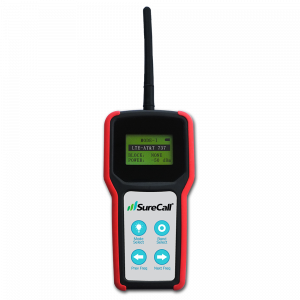
The best way to see your actual signal strength level is by using a SureCall signal strength meter. This meter is a device that will allow you to see the signal strength for any cell phone band.
Signal Size Matters
Signal strength is an important part of the whole signal booster scene. If you know what your cell phone signal strength is, then you can get a pretty good idea of how well your cell phone signal booster will work.
For example, if you are looking at a 50 dB Fusion2Go 2.0 RV cell phone signal booster kit, you can get a pretty good idea of what your signal level will be after the booster does its job. If I start at a -100 signal level and I boost it by 50 dB, then I can expect about a -50 dB signal right next to the booster.
If you are an installer or you have a reason to constantly take super accurate readings, it might be a great idea to add the SureCall Signal Meter to your toolbox.
I happen to sell the SureCall Signal Meter here in my shop if you are interested in being the proud owner of one.
At any rate, if you have any questions about cell phone signal boosters or if you need any help on deciding which booster is right for you, feel free to drop me an email to: [email protected]
Thanks for stopping by!
-Rob



